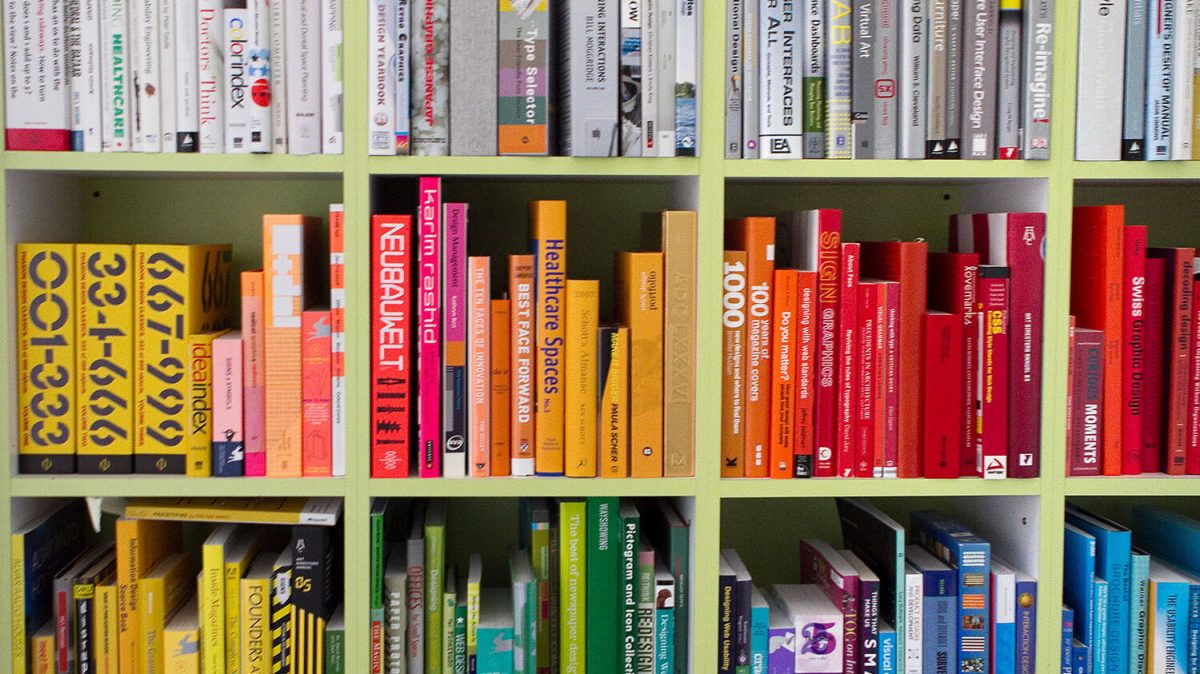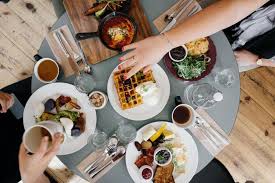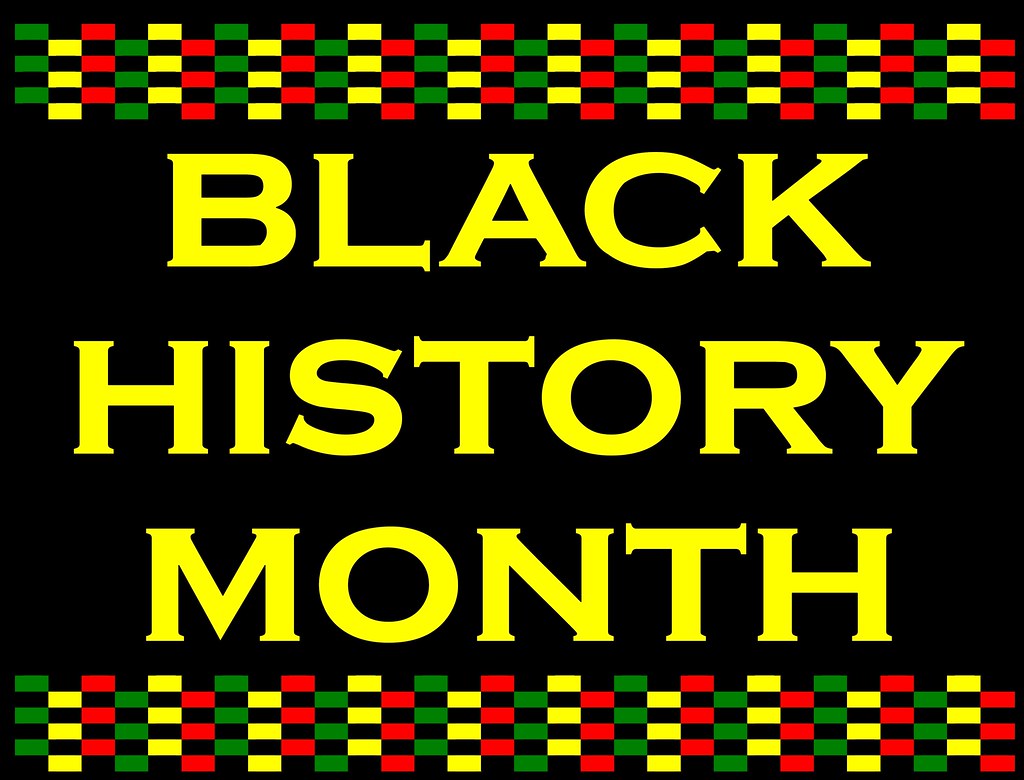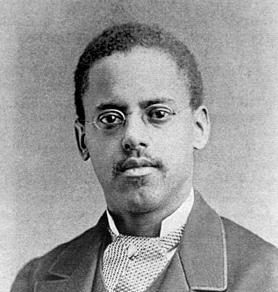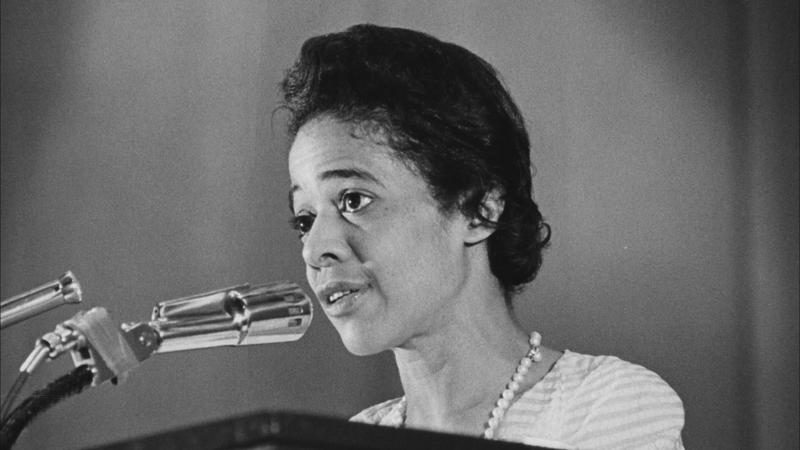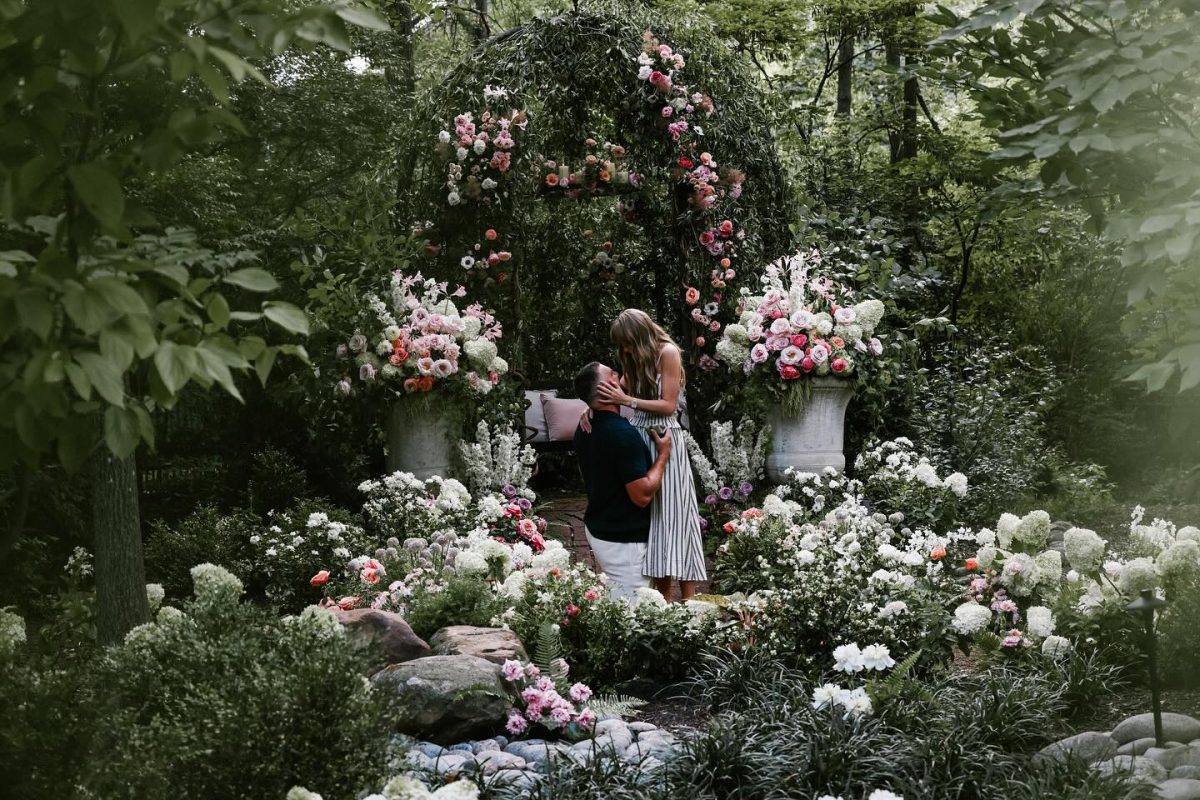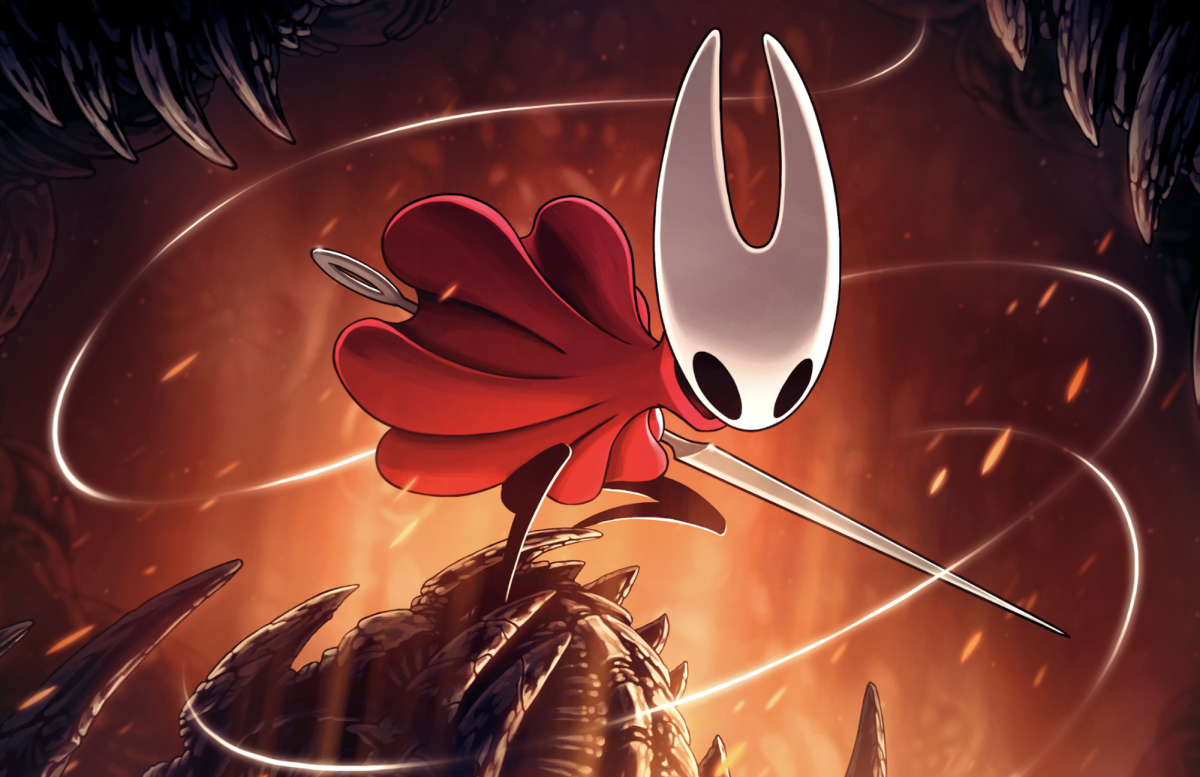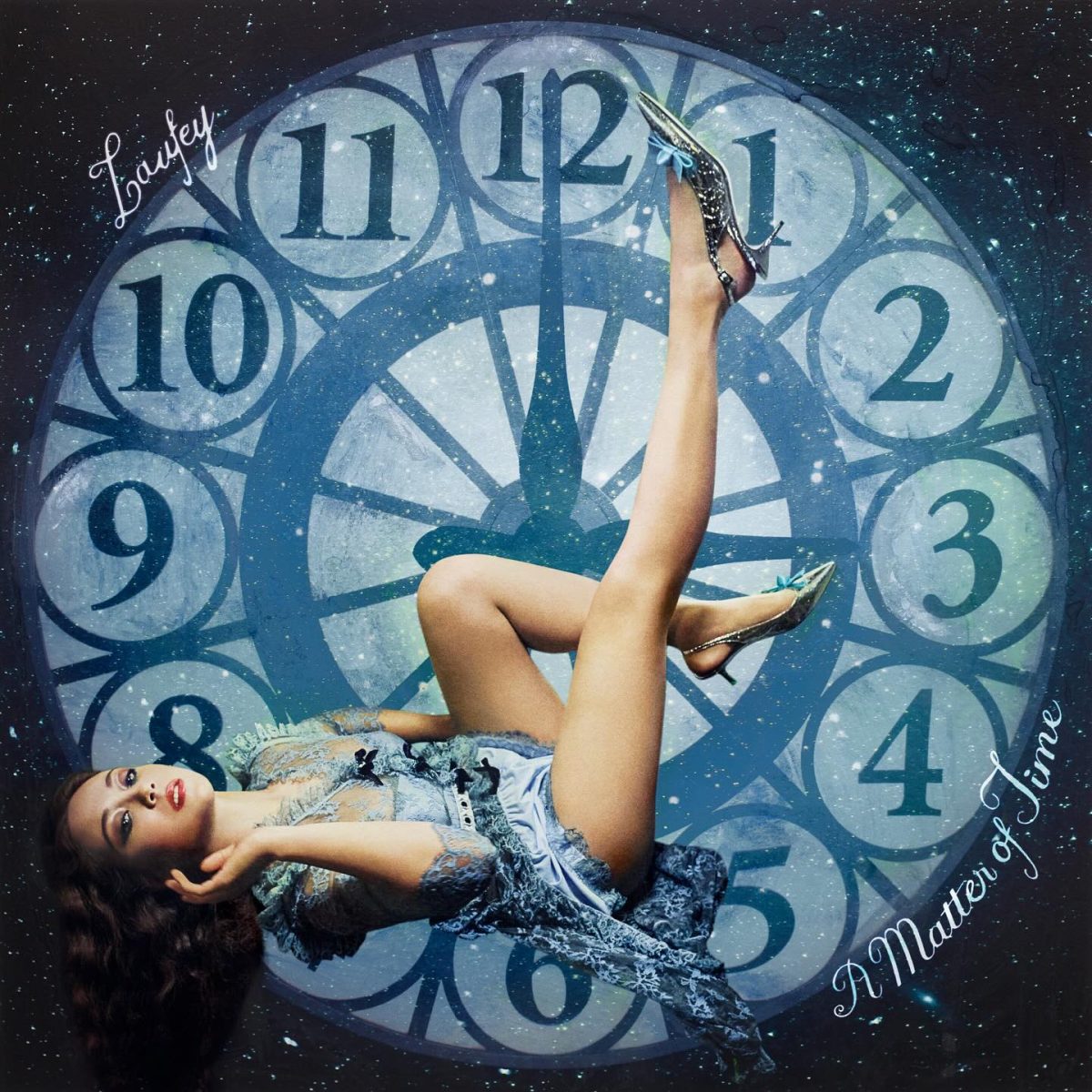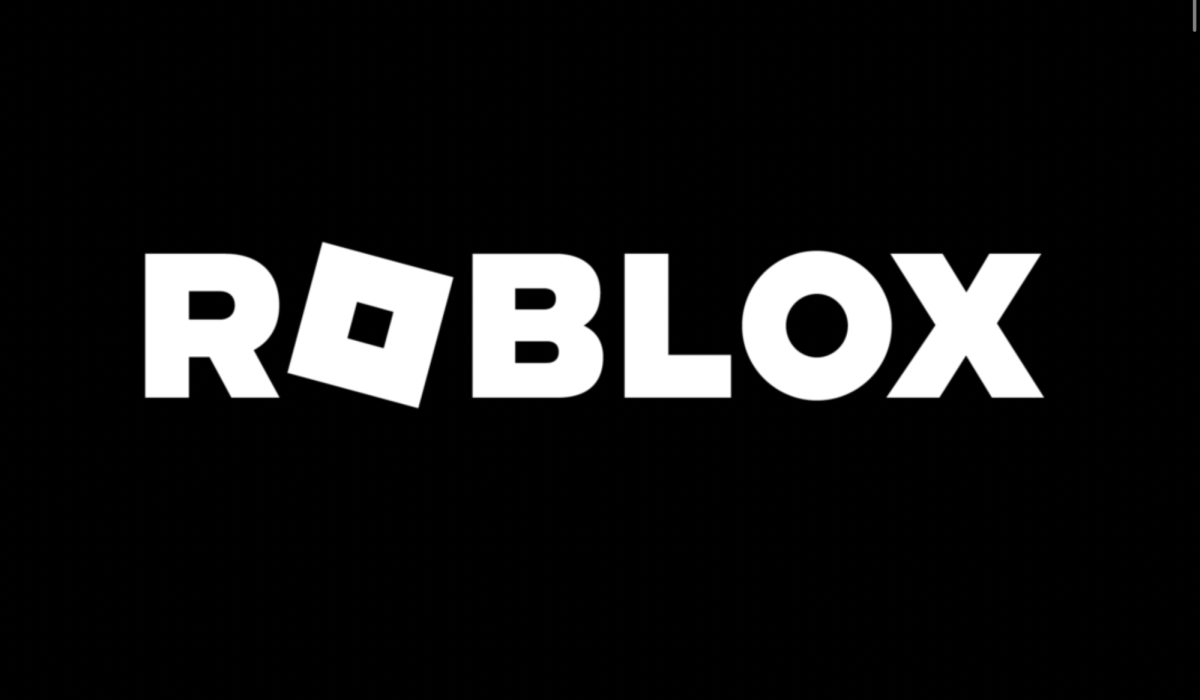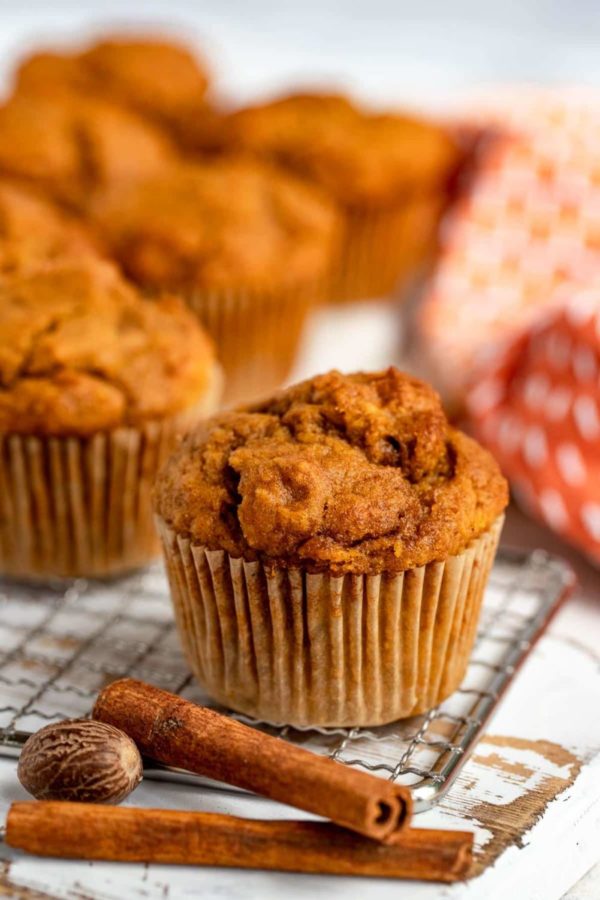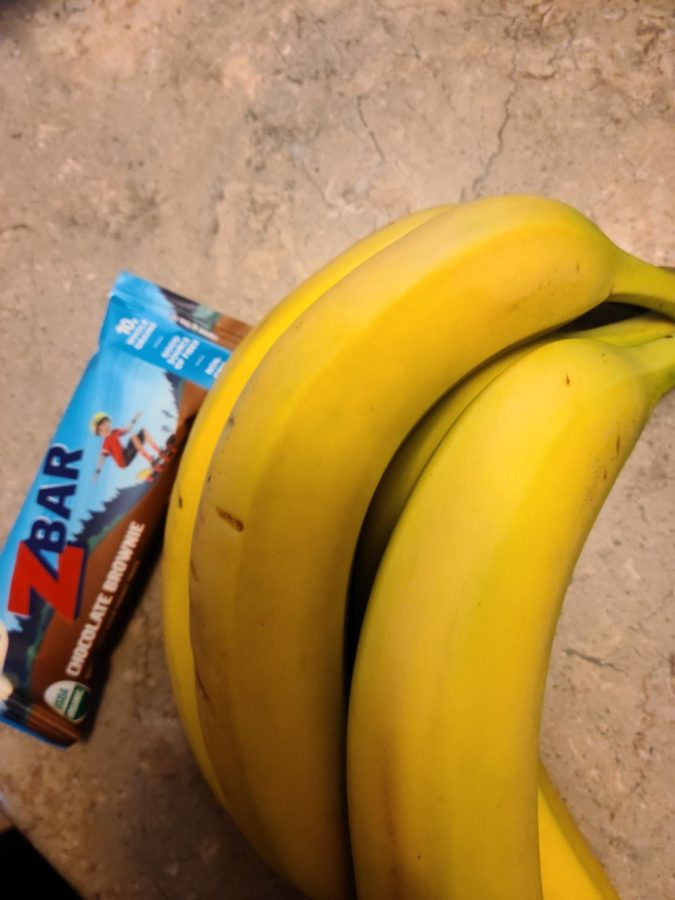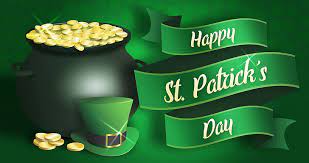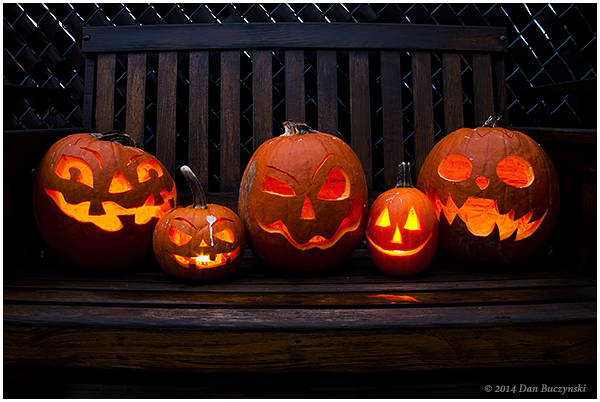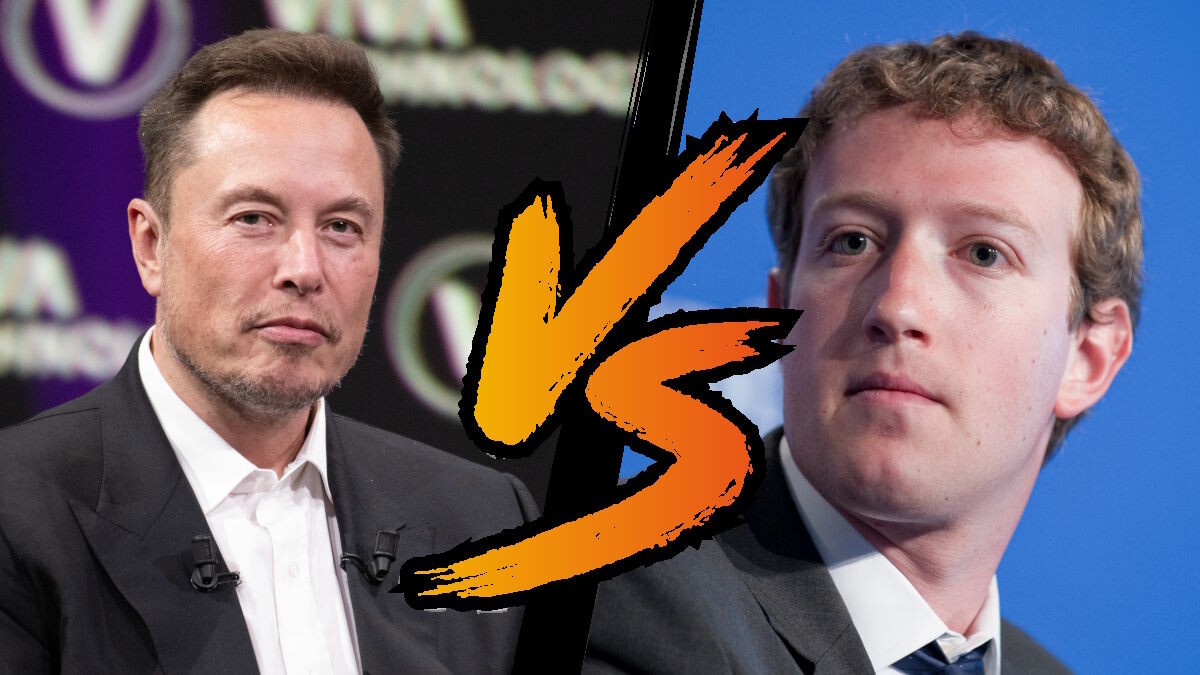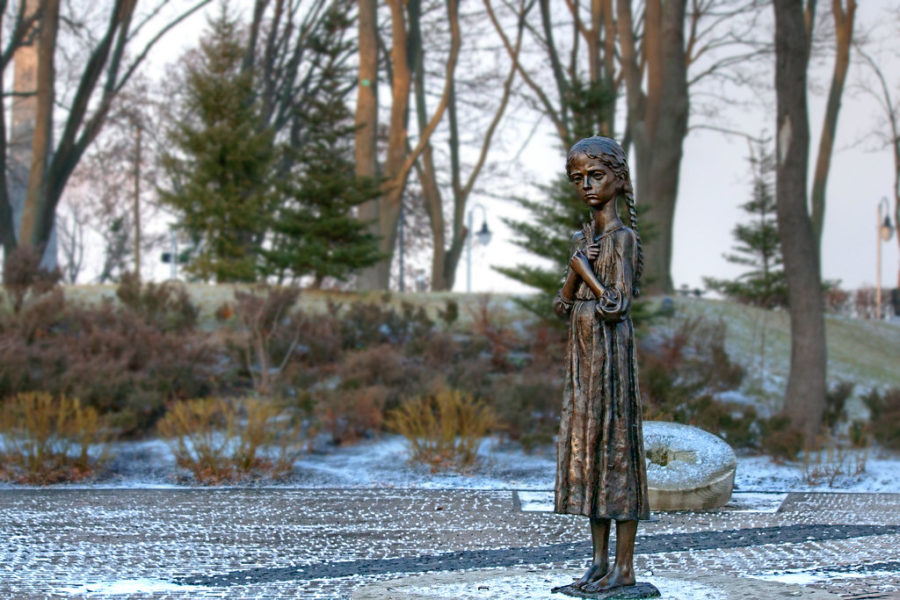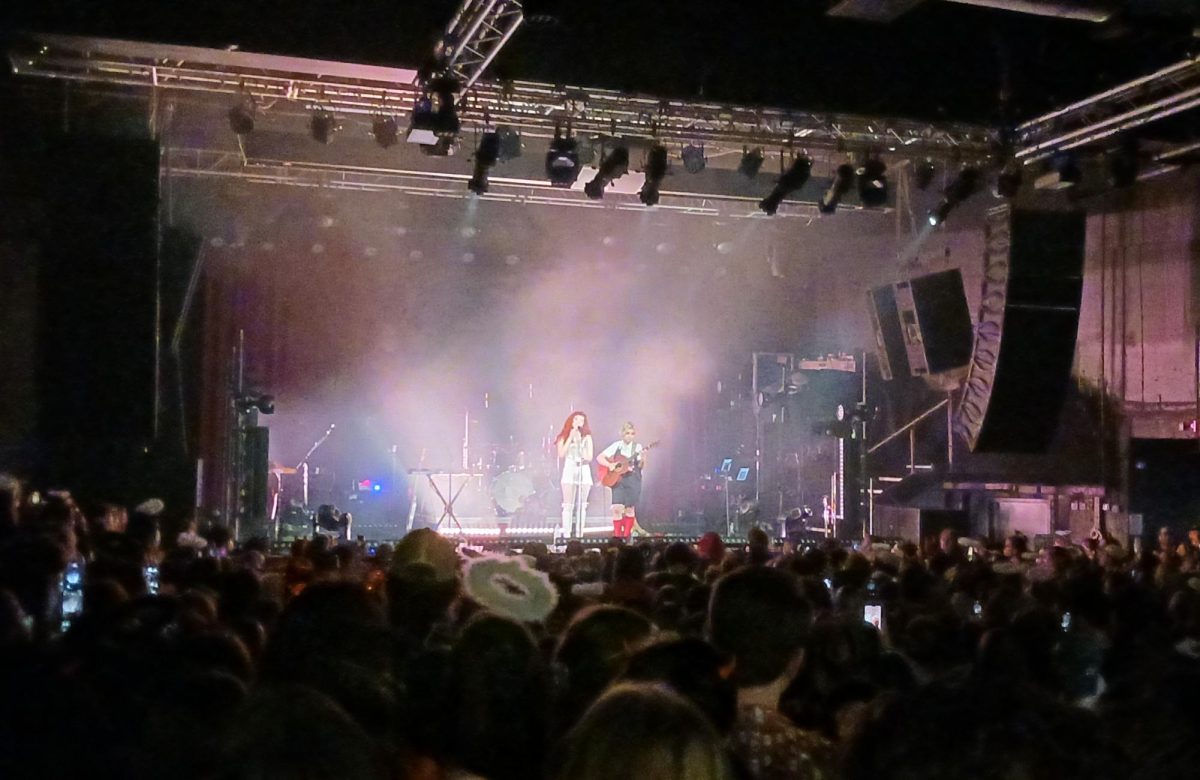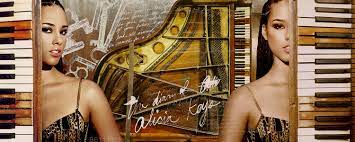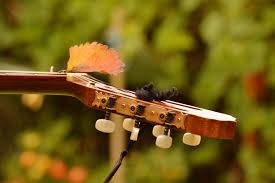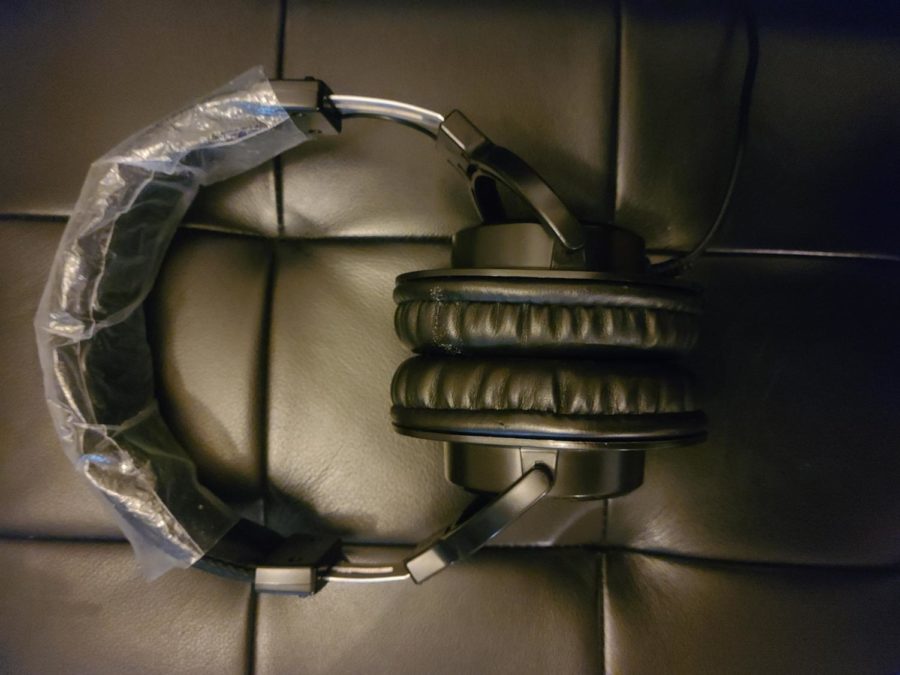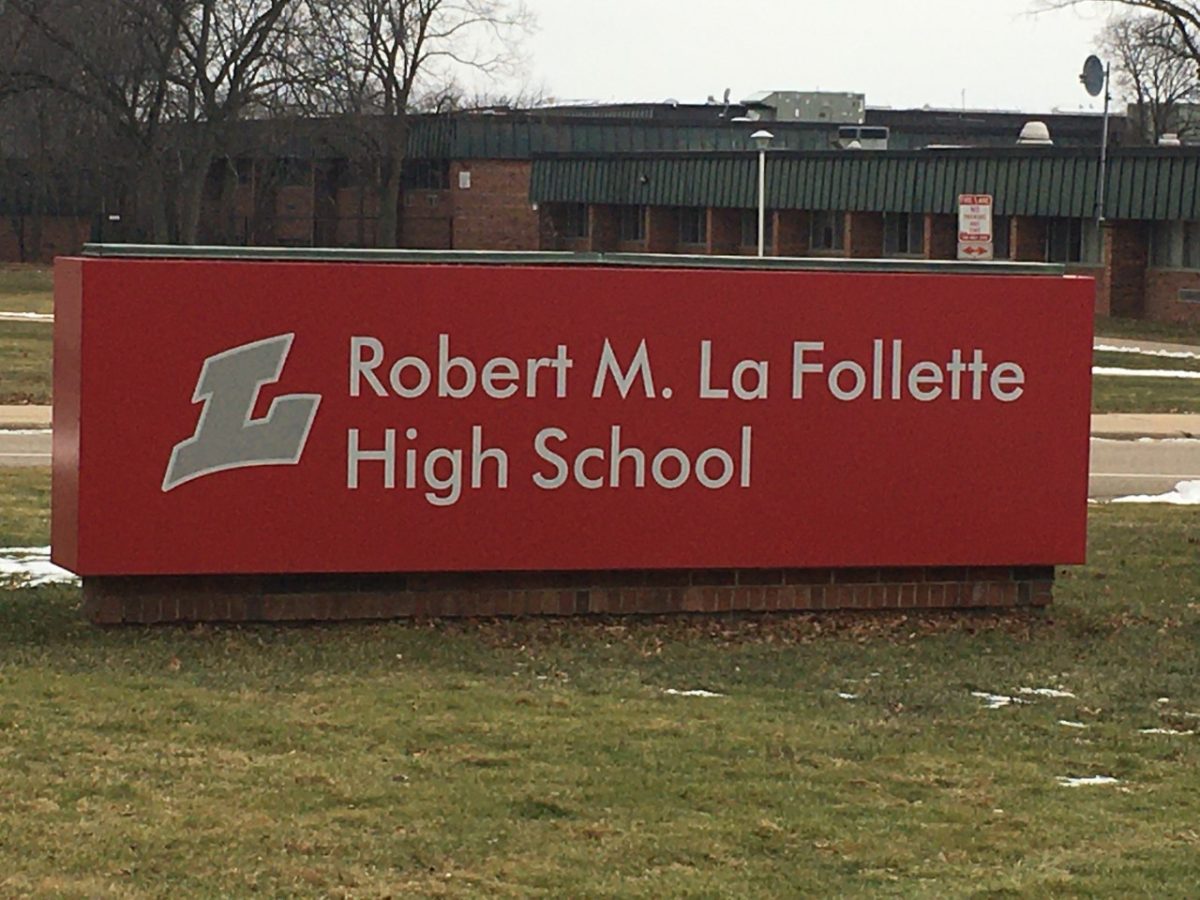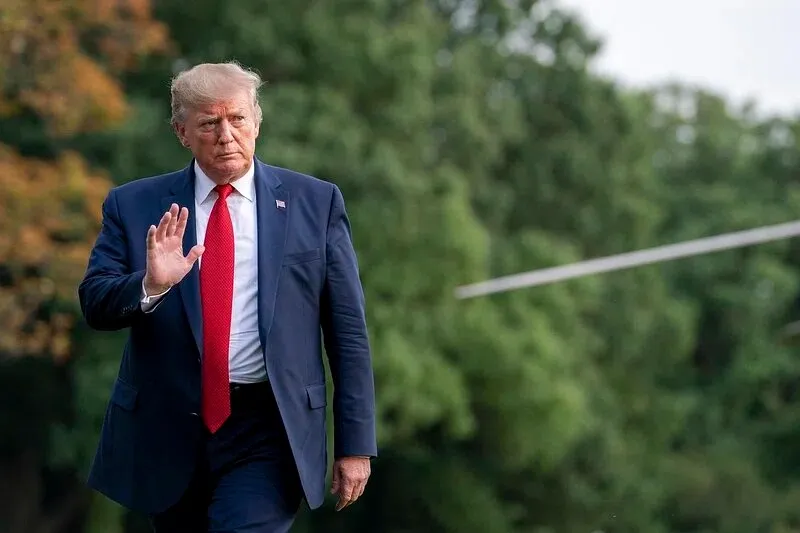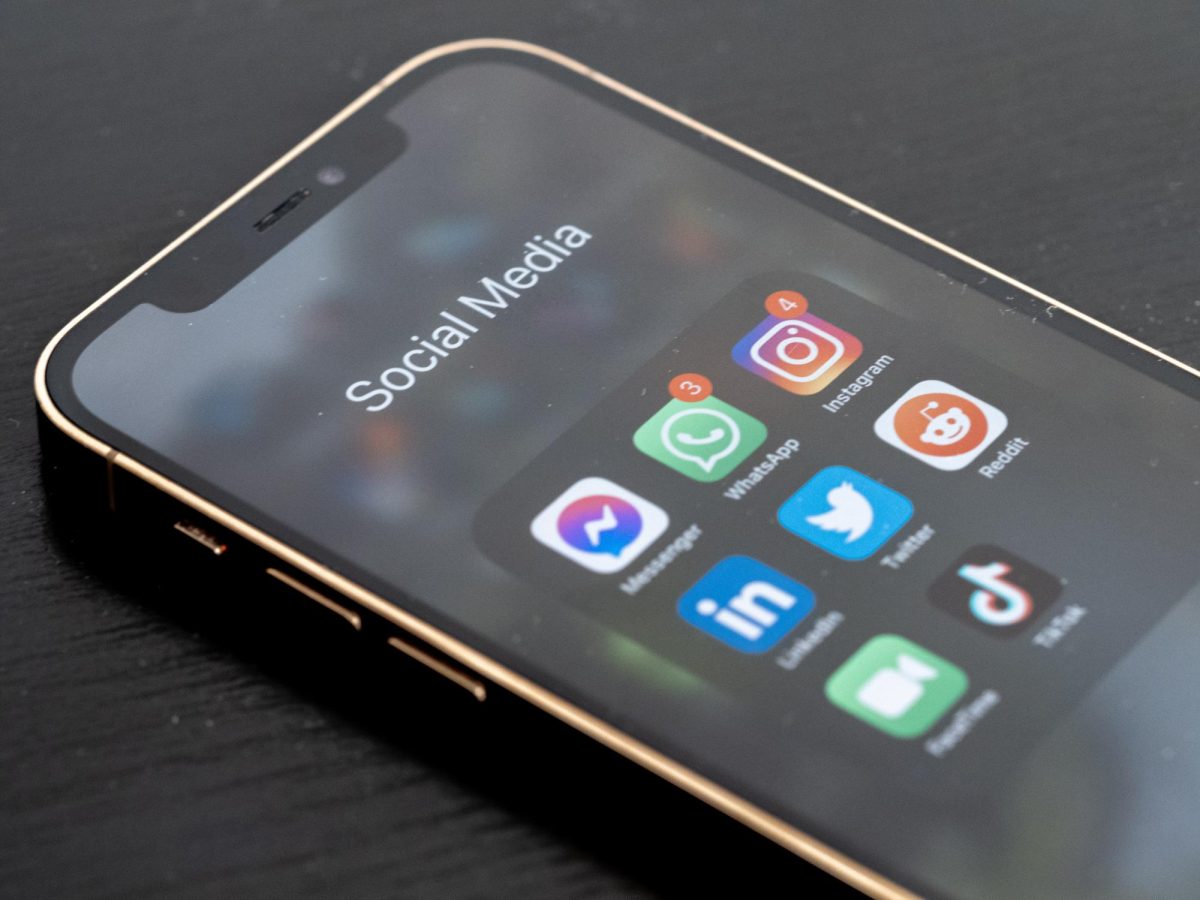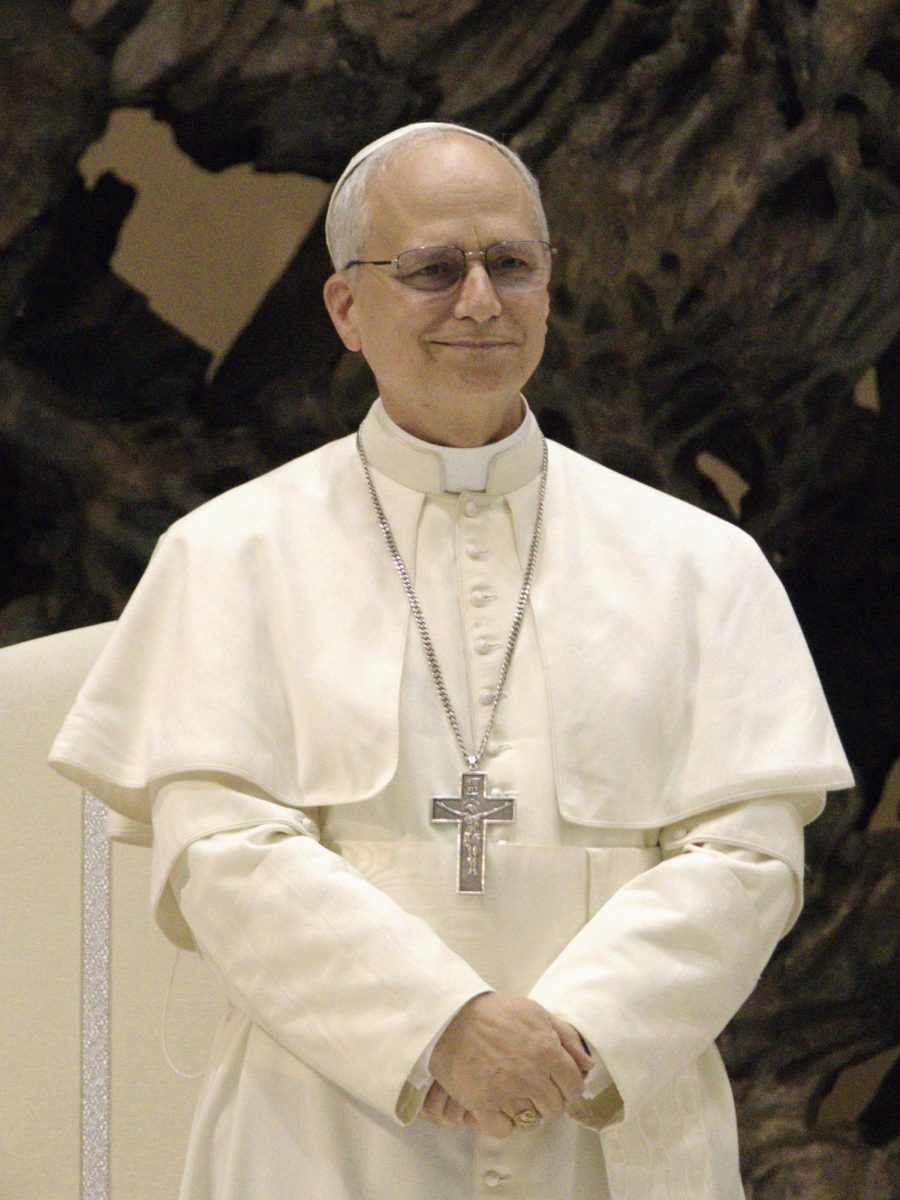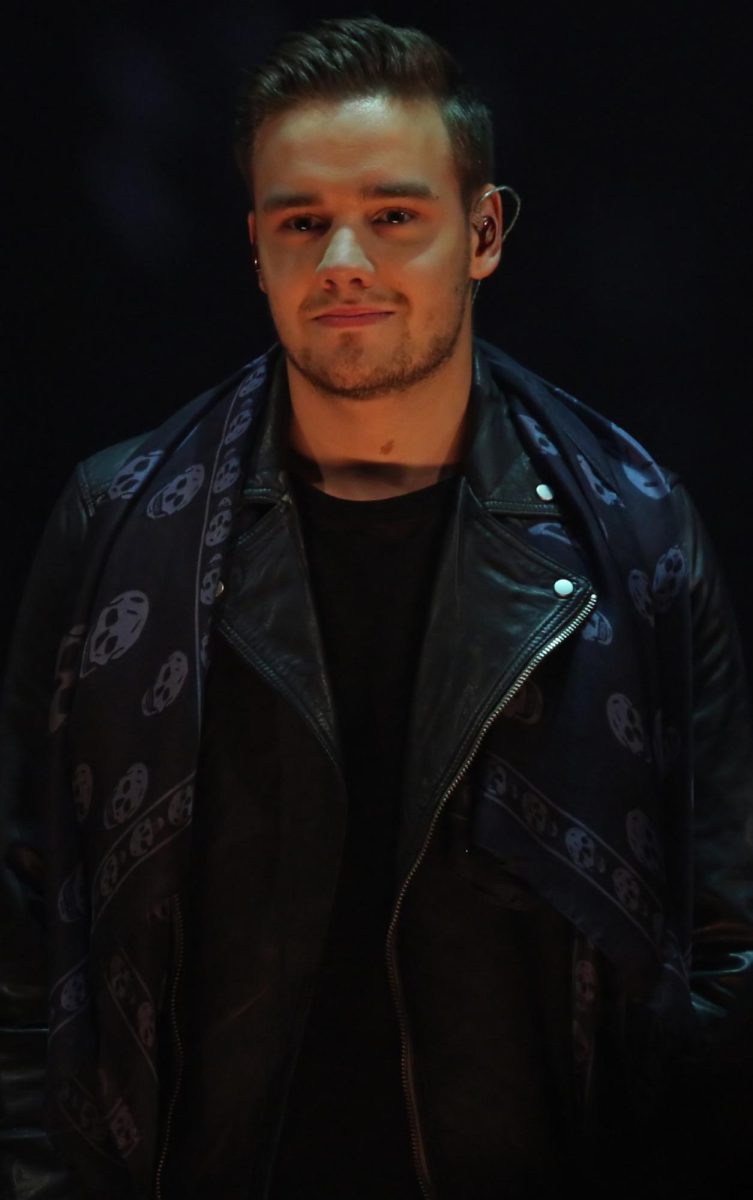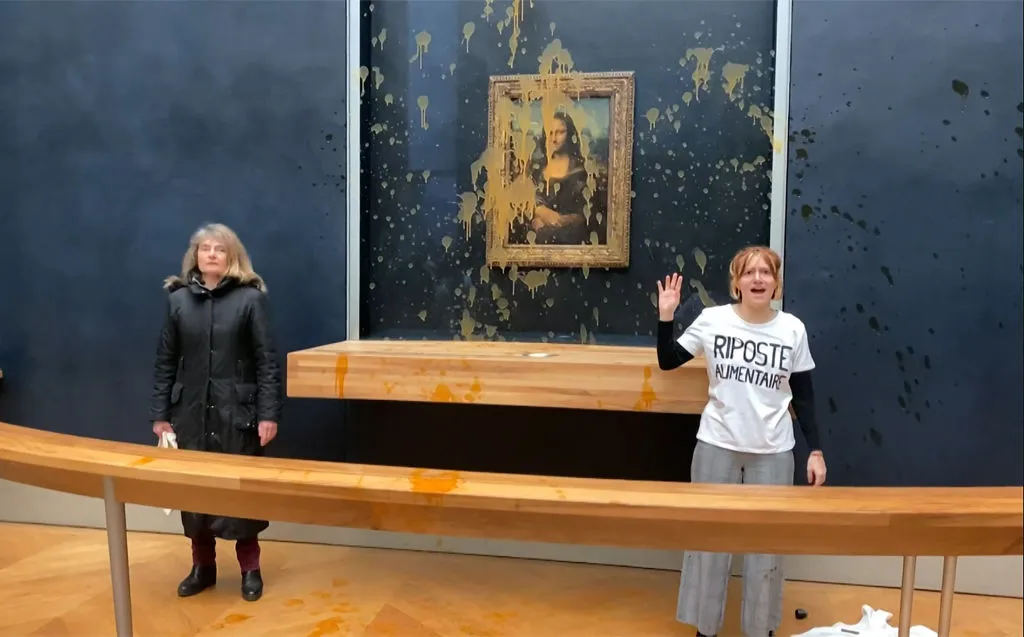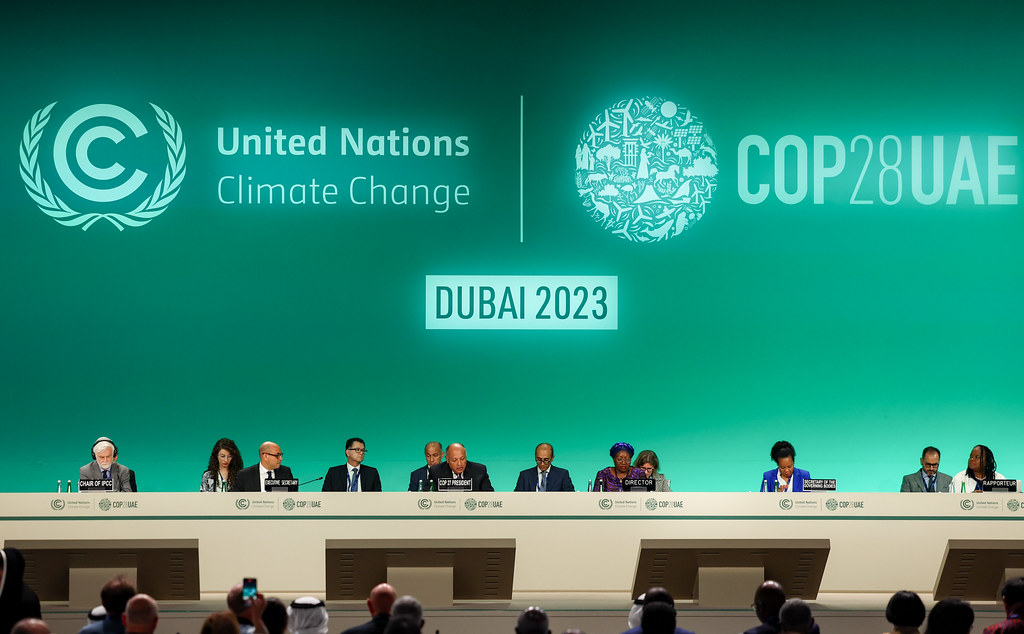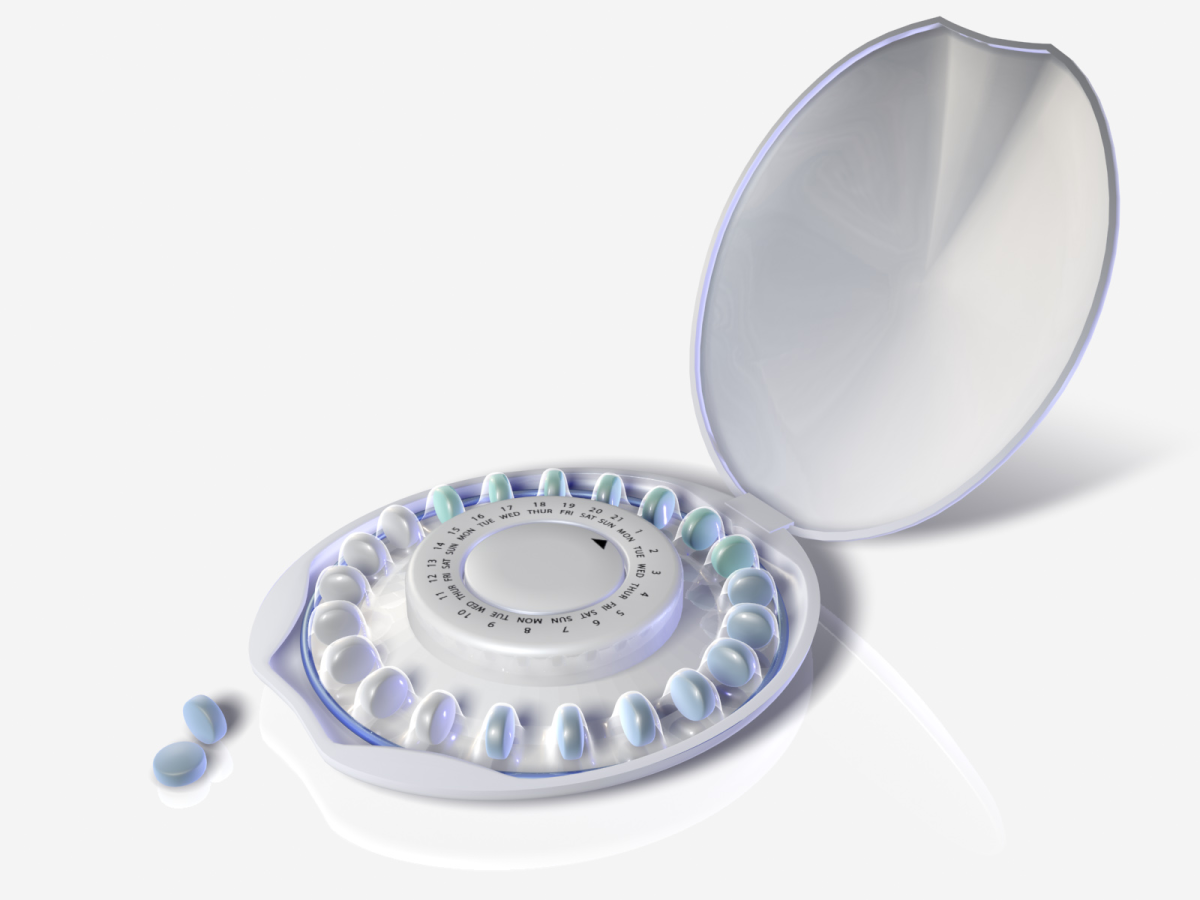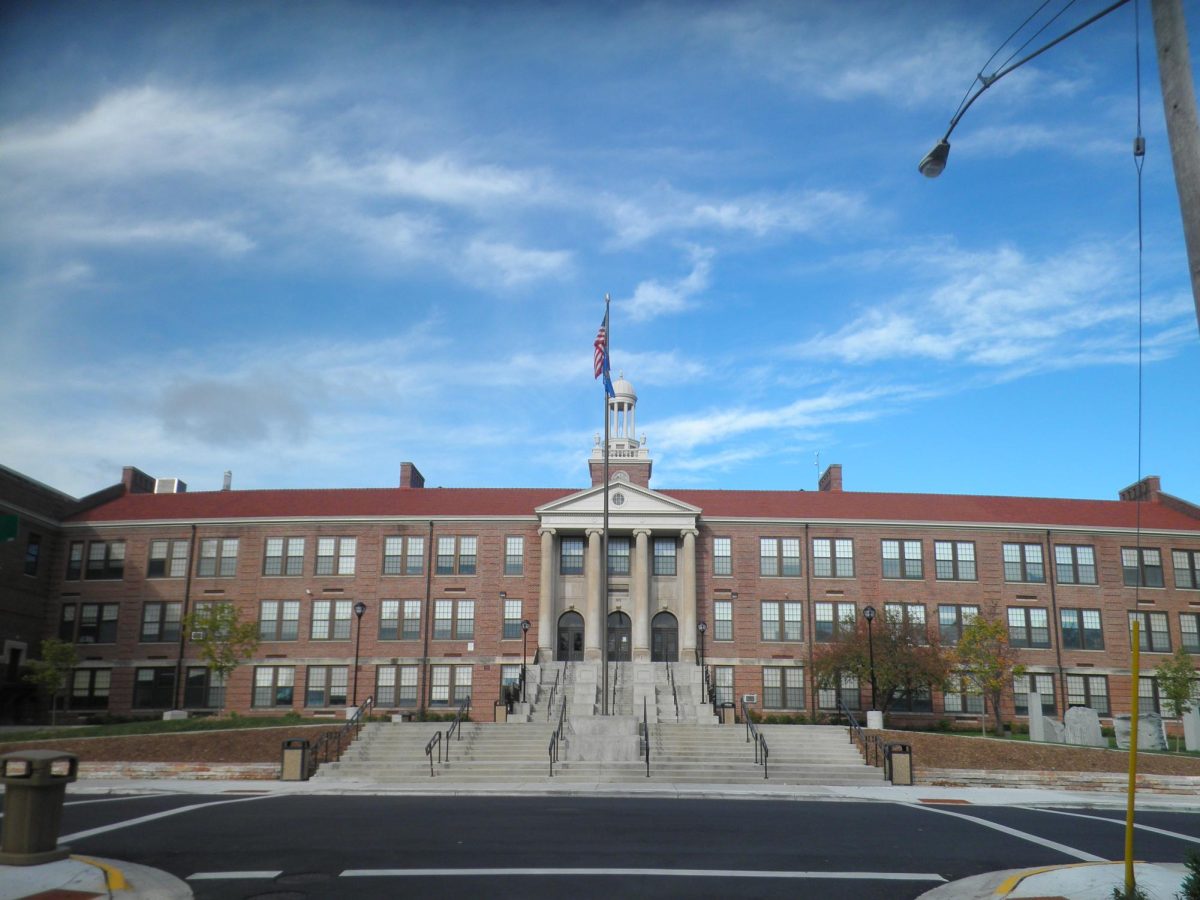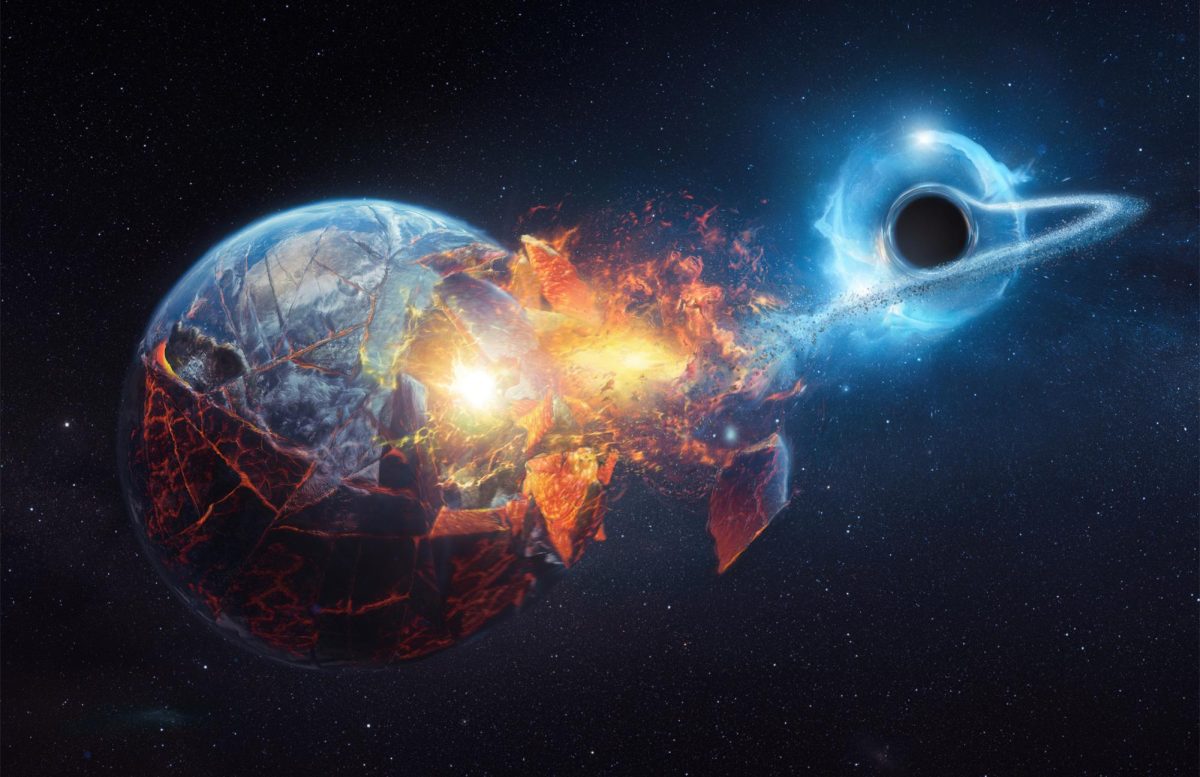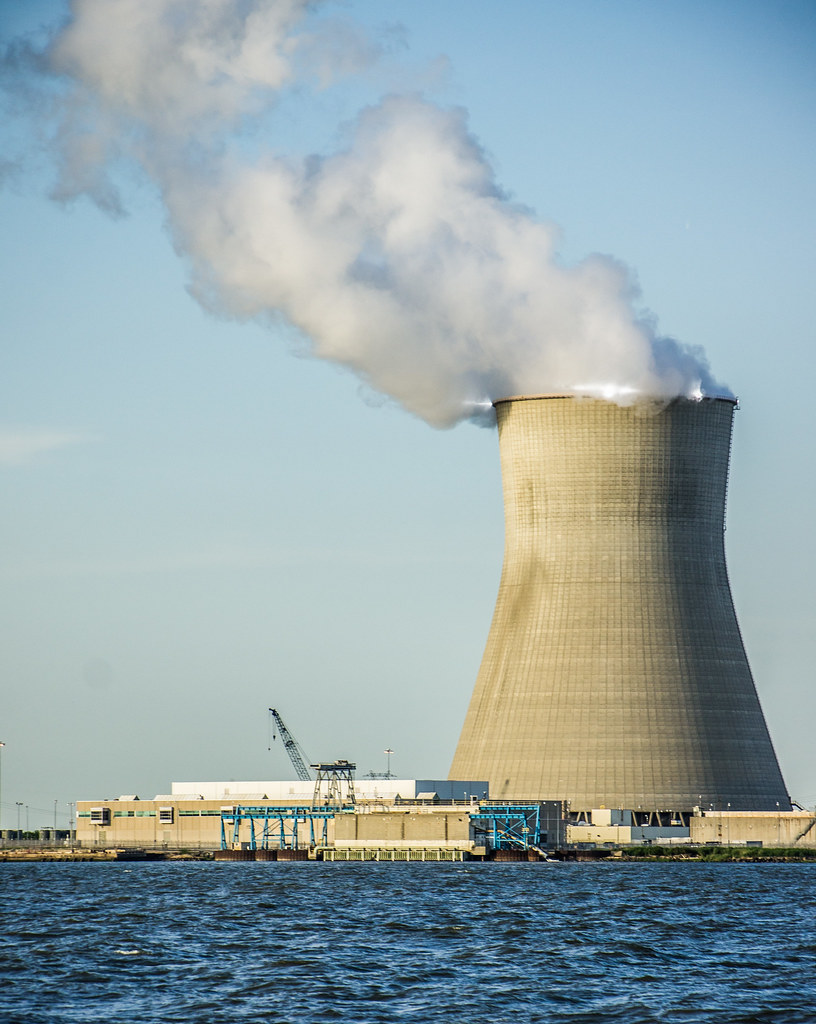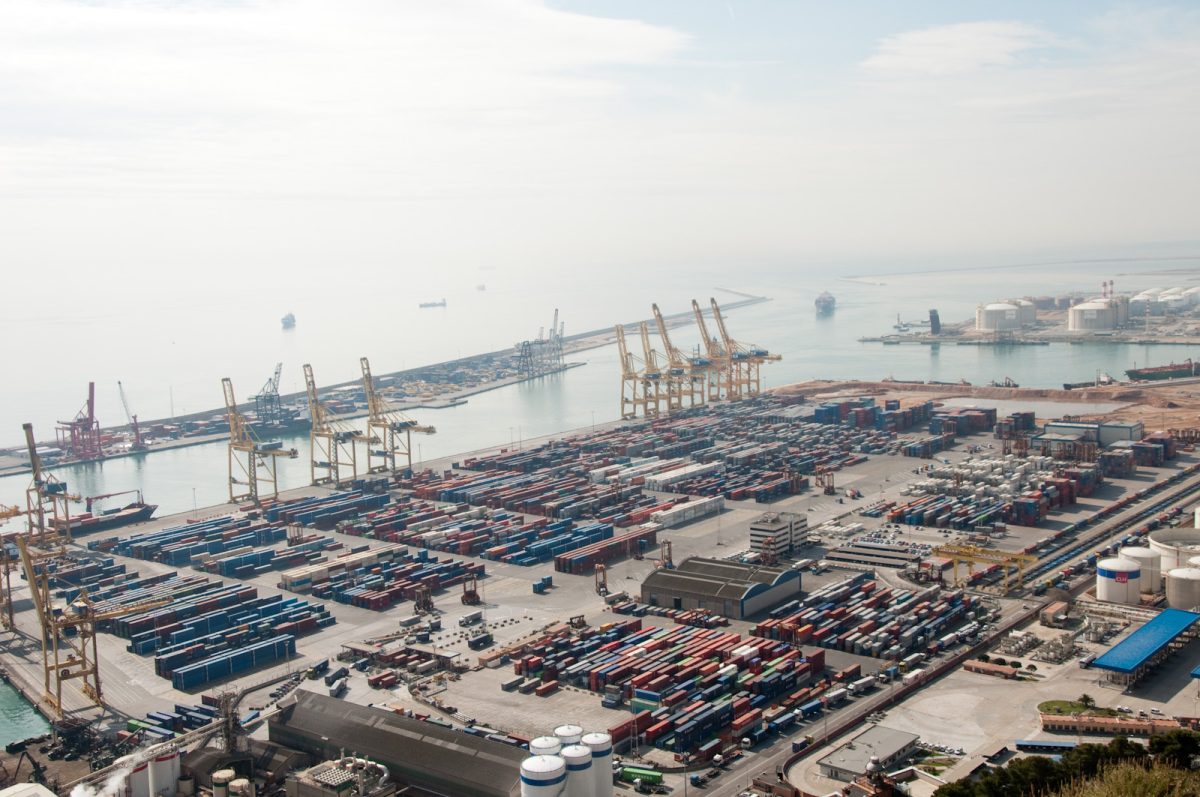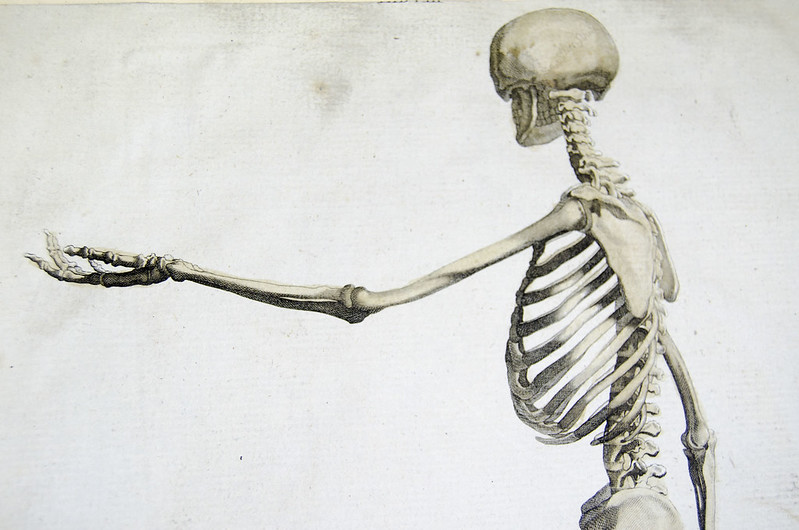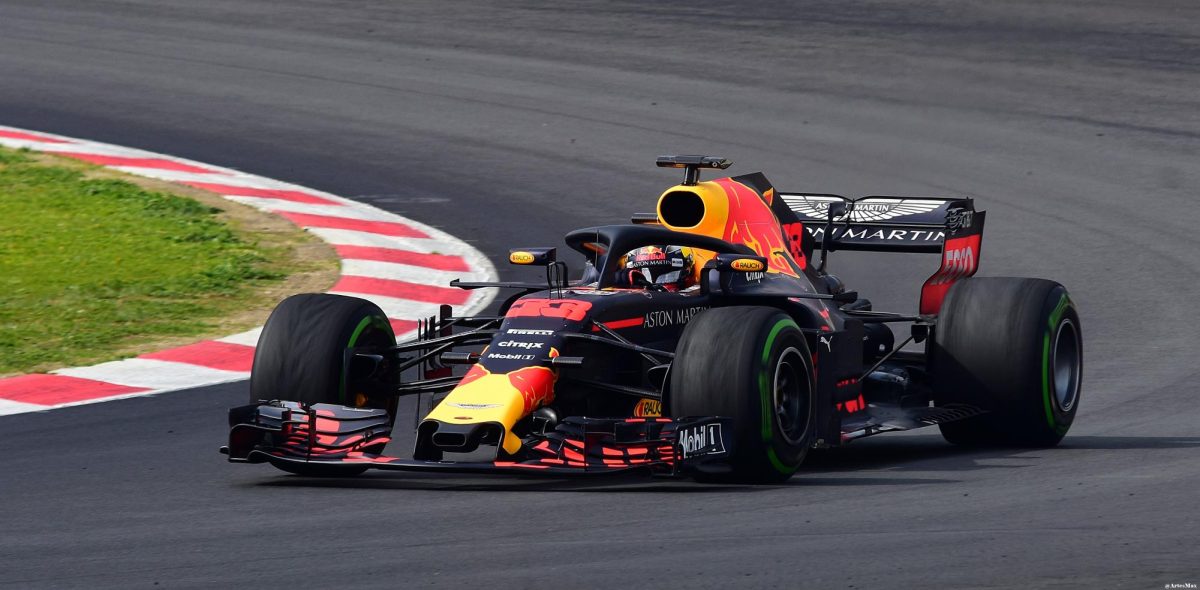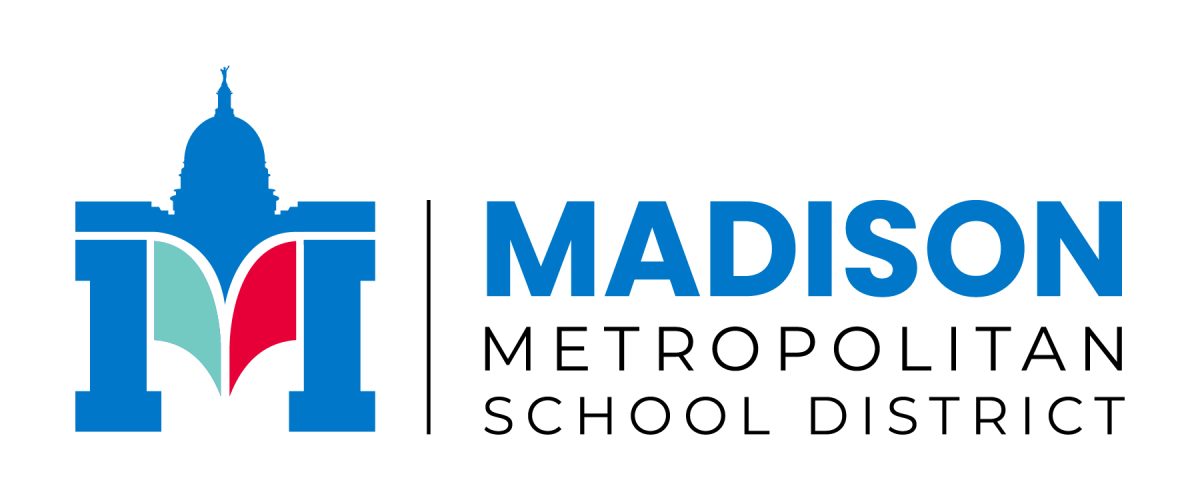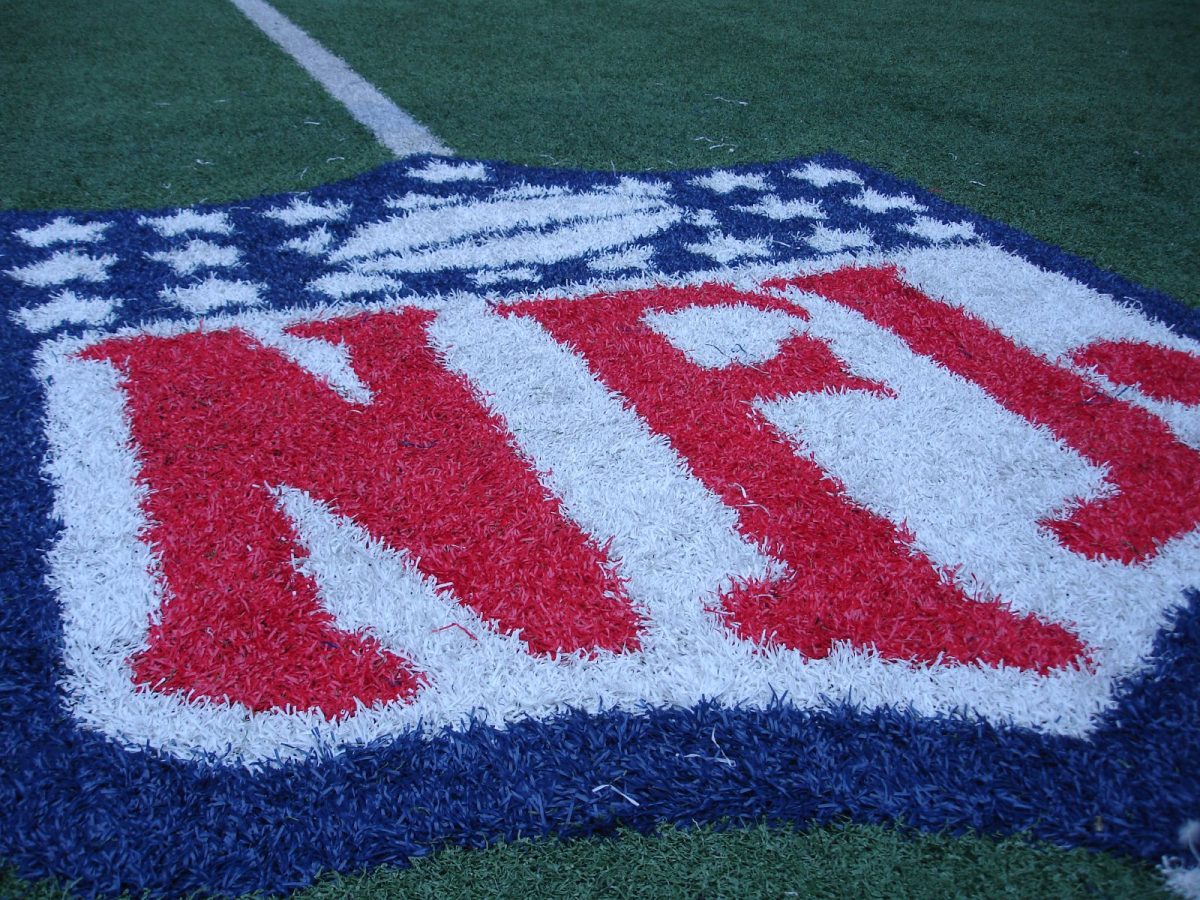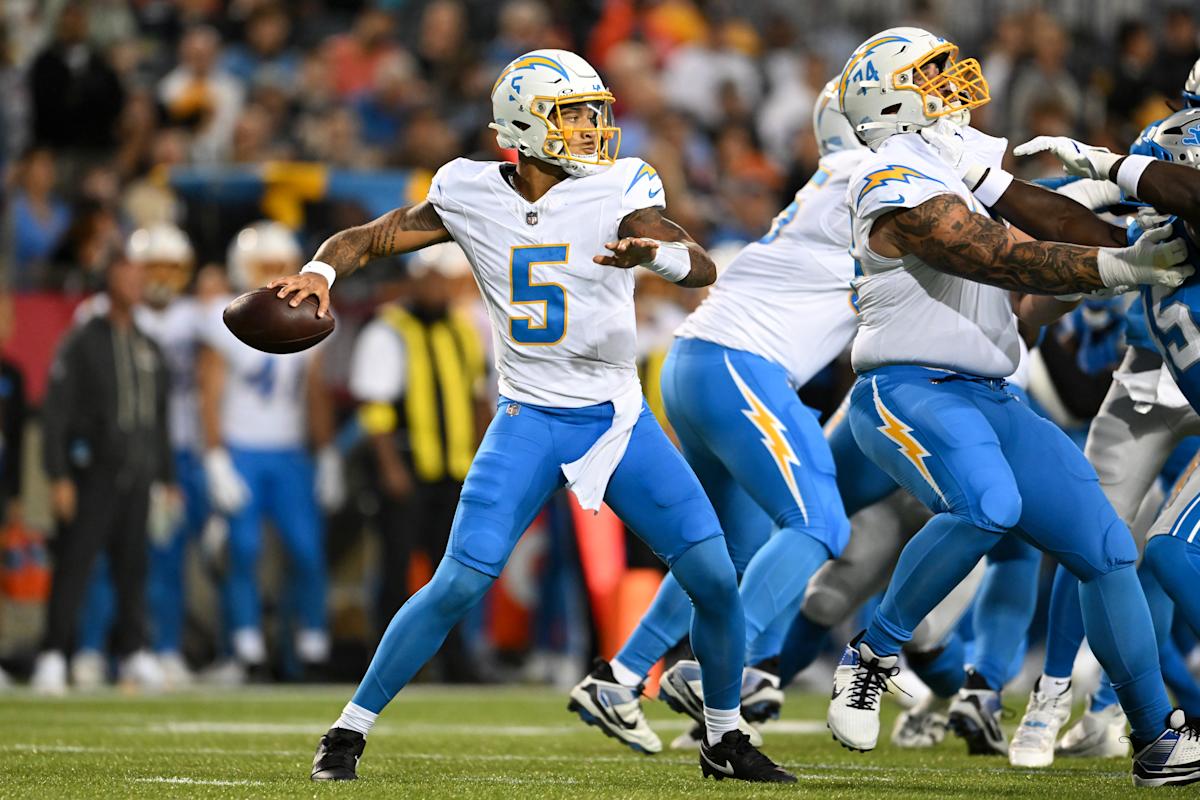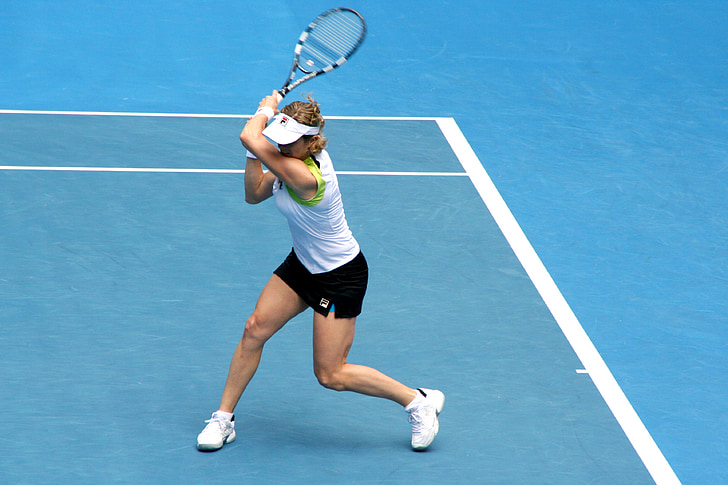The Dutch Grand Prix was held at Zandvoort on August 21st and run for 72 total laps. The winners were Oscar Piastri of McLaren in first, Max Verstappen of Red Bull in second, and Isack Hadjar of Racing Bulls in third. This was the 35th time the Dutch Grand Prix was held at Zandvoort, celebrating the long history of racing at the track. But the most interesting part to me was the symbolism behind the cups.
The first bit of symbolism I noticed was the blue delftware. If you don’t know what delftware is, it’s a kind of pottery. It’s a white porcelain decorated with blue murals or paintings. This style reminds most people of fine China or Chinese porcelain. That’s because, during the 17th century, the East was exporting Chinese porcelain to the Netherlands. The porcelain was expensive, so only the rich could afford it. But in 1620, the Wanli Emperor died, which caused this trade to end. This led the Dutch to come up with new ways to produce this valuable pottery. That’s how they created delftware. It was cheap to make but looked expensive. Over time, it became a part of Dutch culture and identity, so it felt rather appropriate to me that they included that design on the cup.
The next element I noticed was the giant orange lion. The lion is the national animal of the Netherlands and represents strength and power. It has been on the flag and seal of the Dutch Republic since 1430. The lion is orange because, in the 16th century, William the Silent established the House of Orange, and the tradition has continued since.
In conclusion, the symbolism behind the cup is very fitting for the occasion, and I think the thought behind these designs should be more widely recognized in other areas as well.

